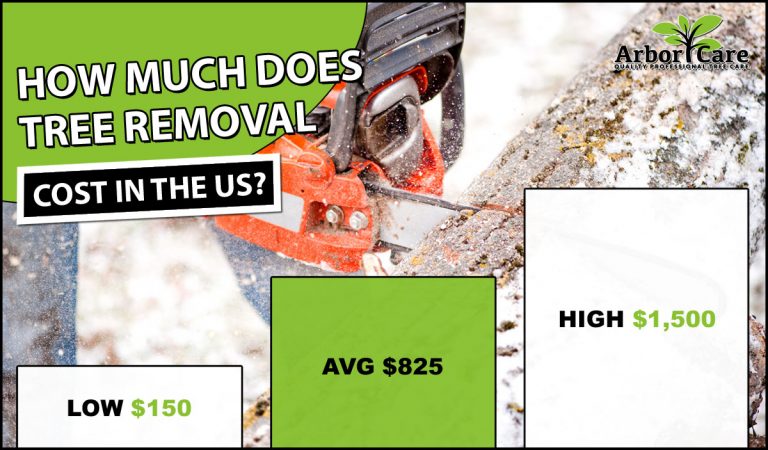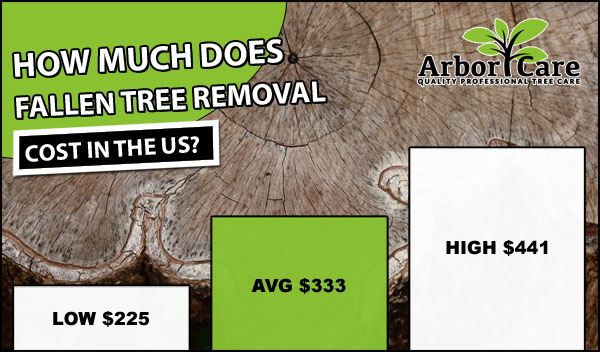How Much Does Tree Removal Cost?
The average tree removal cost is about $825. The cost to remove a tree ranged from $150 to $1500 for the US in 2020 according to multiple sources such as TreeRemoval and others. Other types of tree services will be extra. HomeGuide states a similar price range with a national average of $715 for tree removal with…




